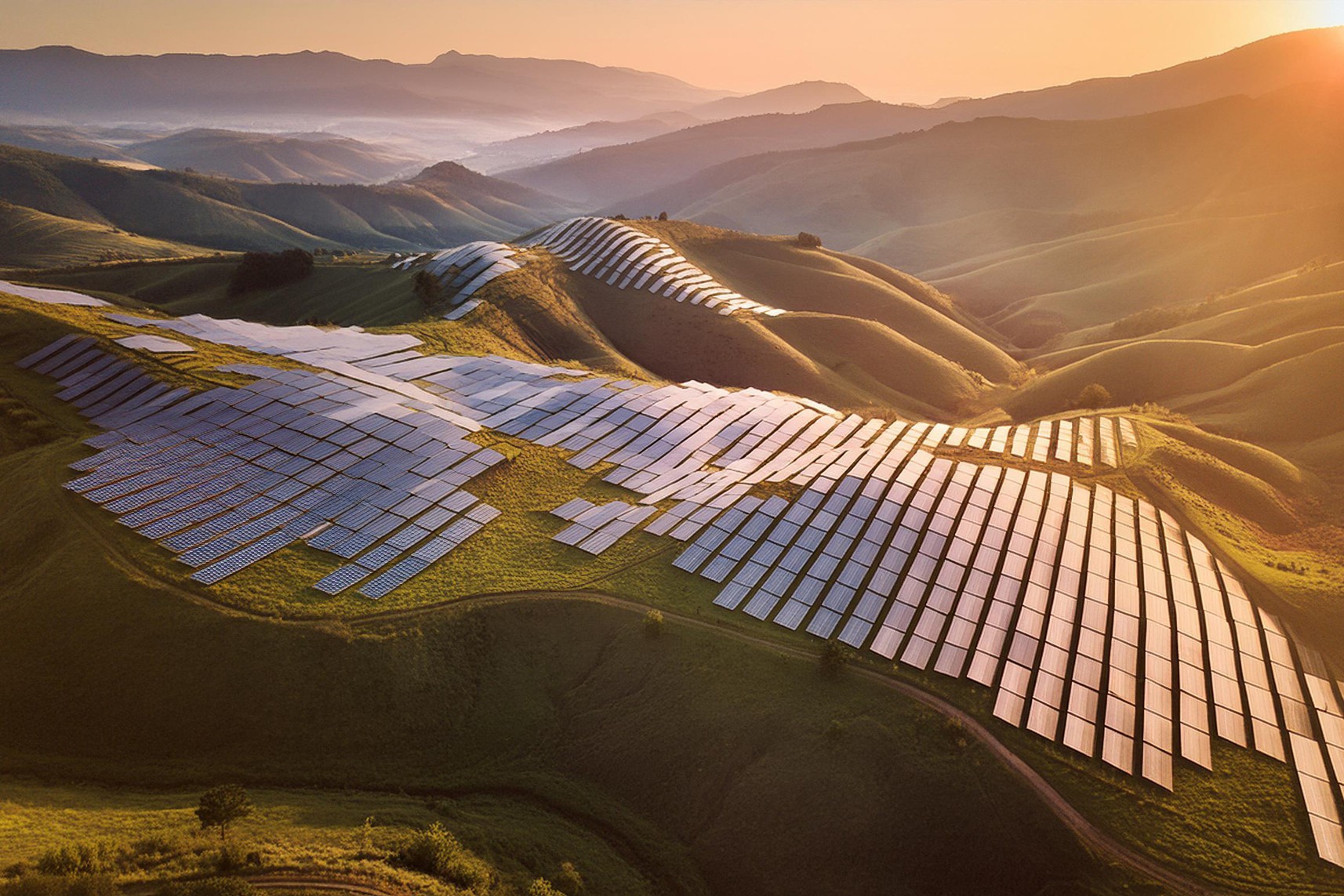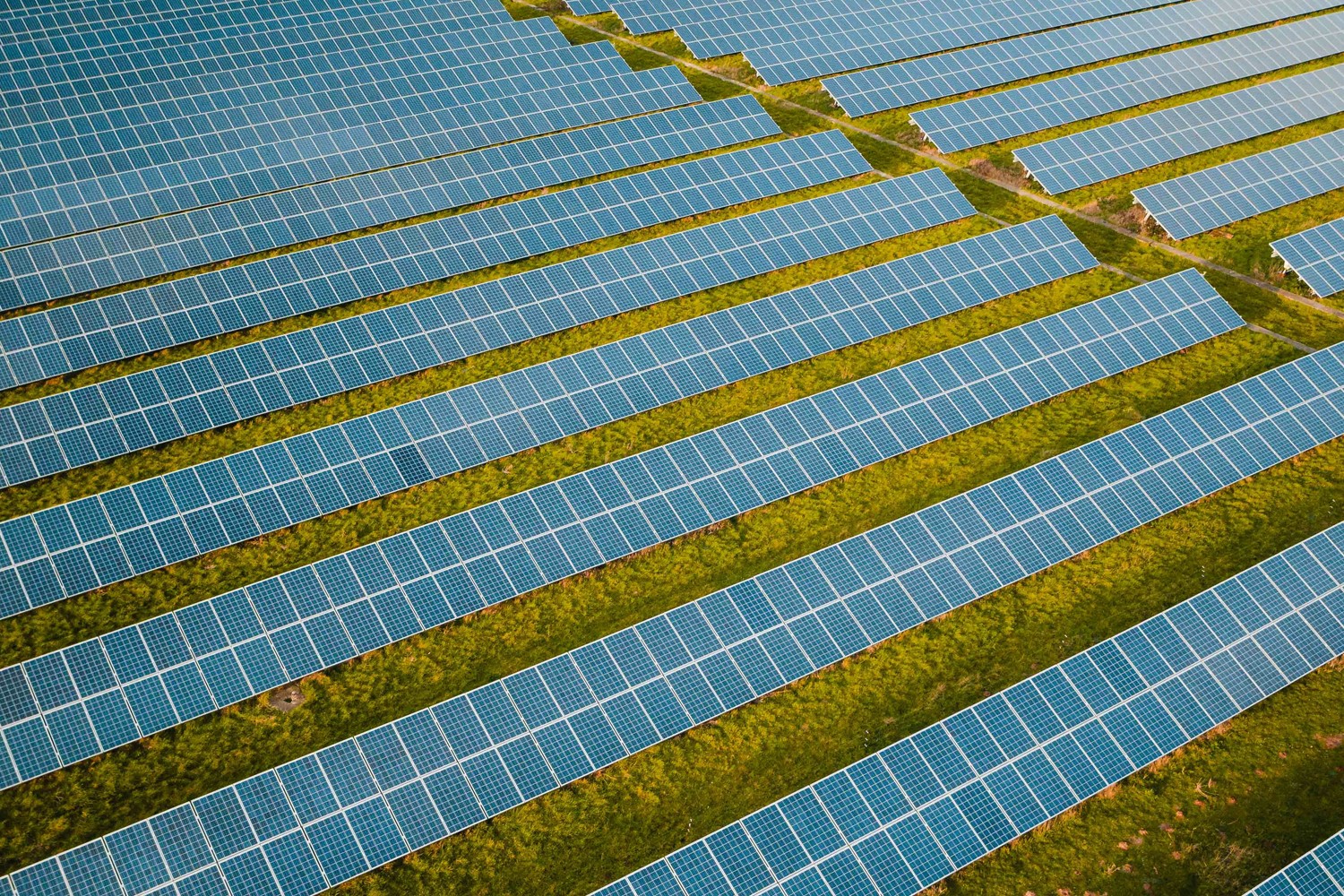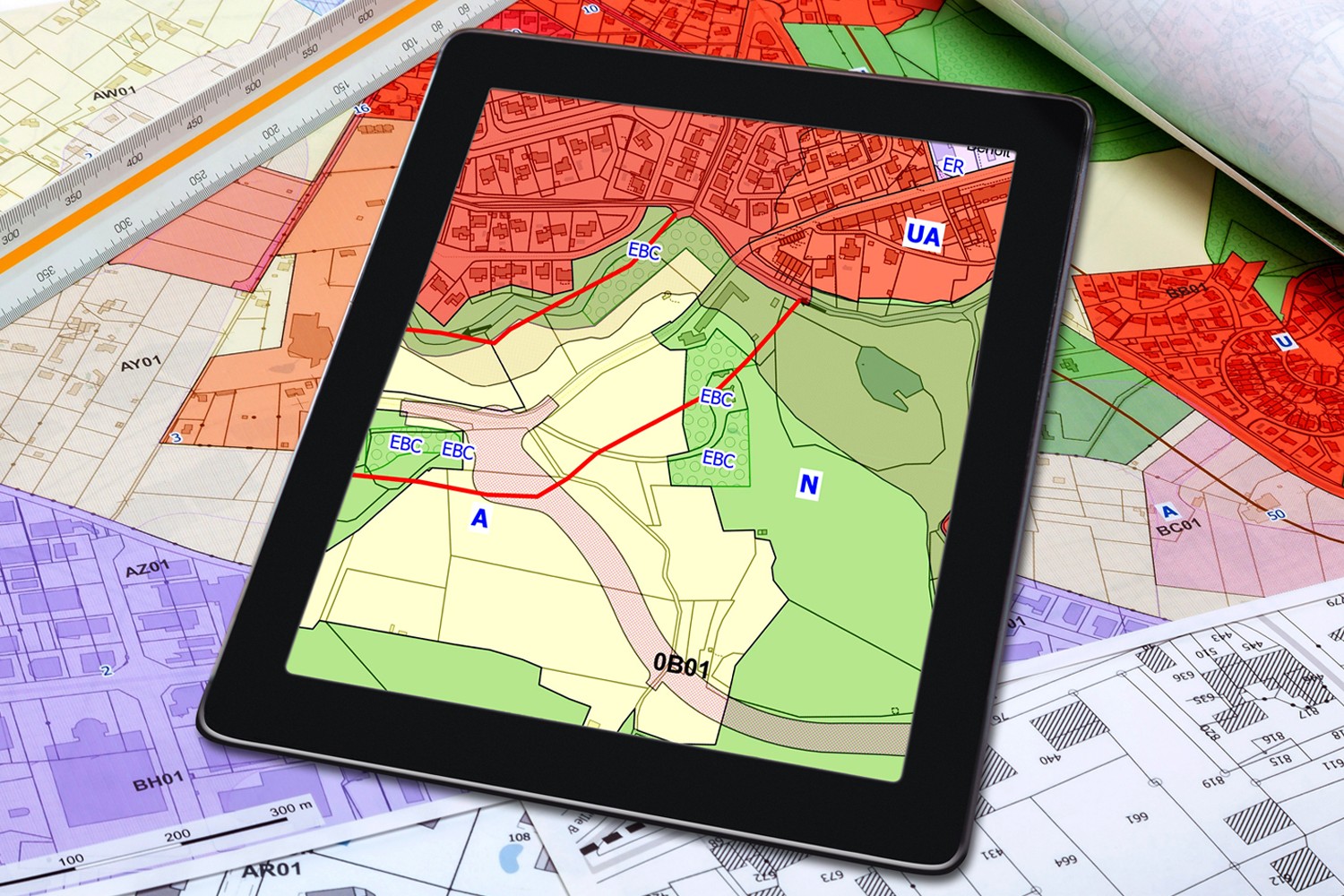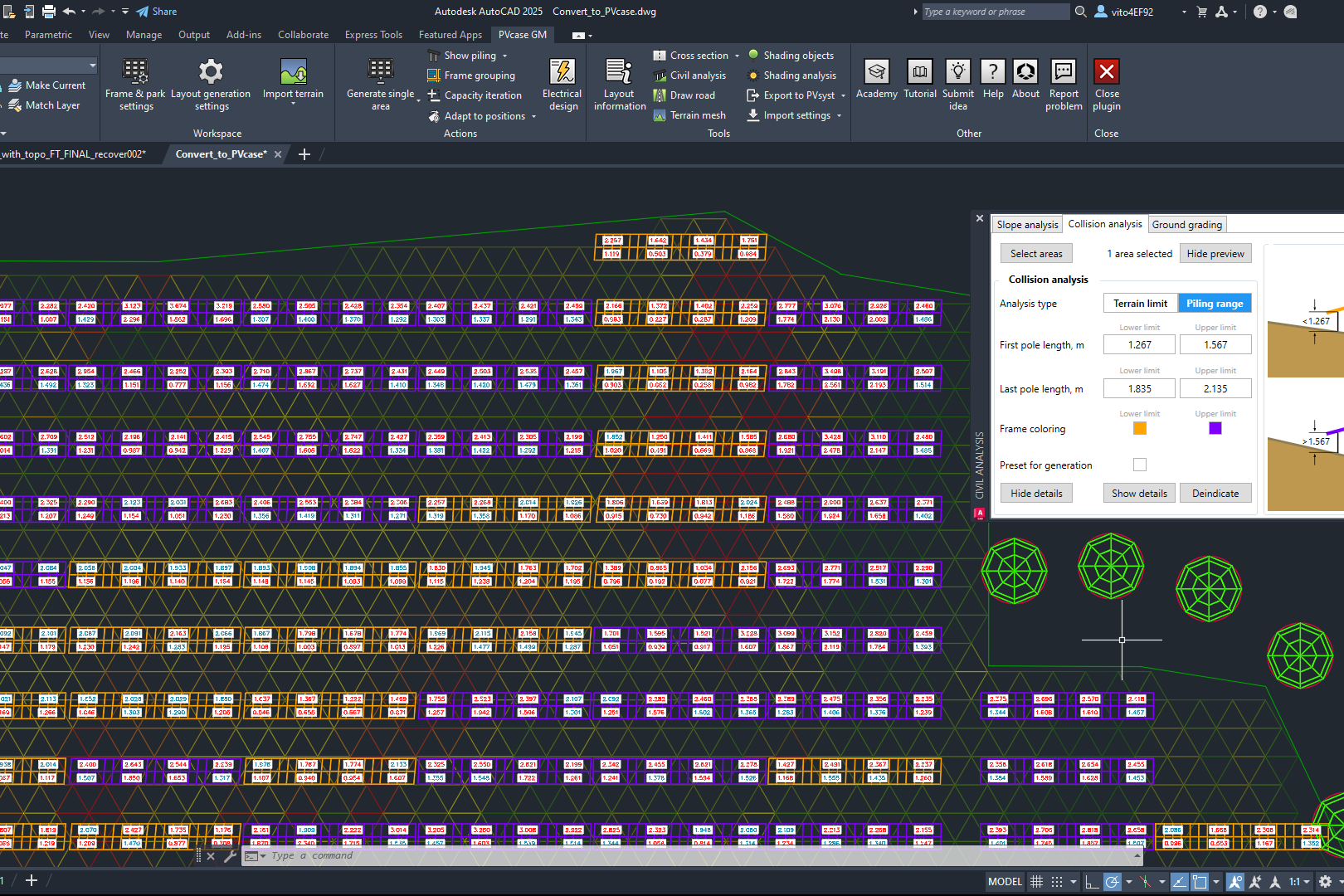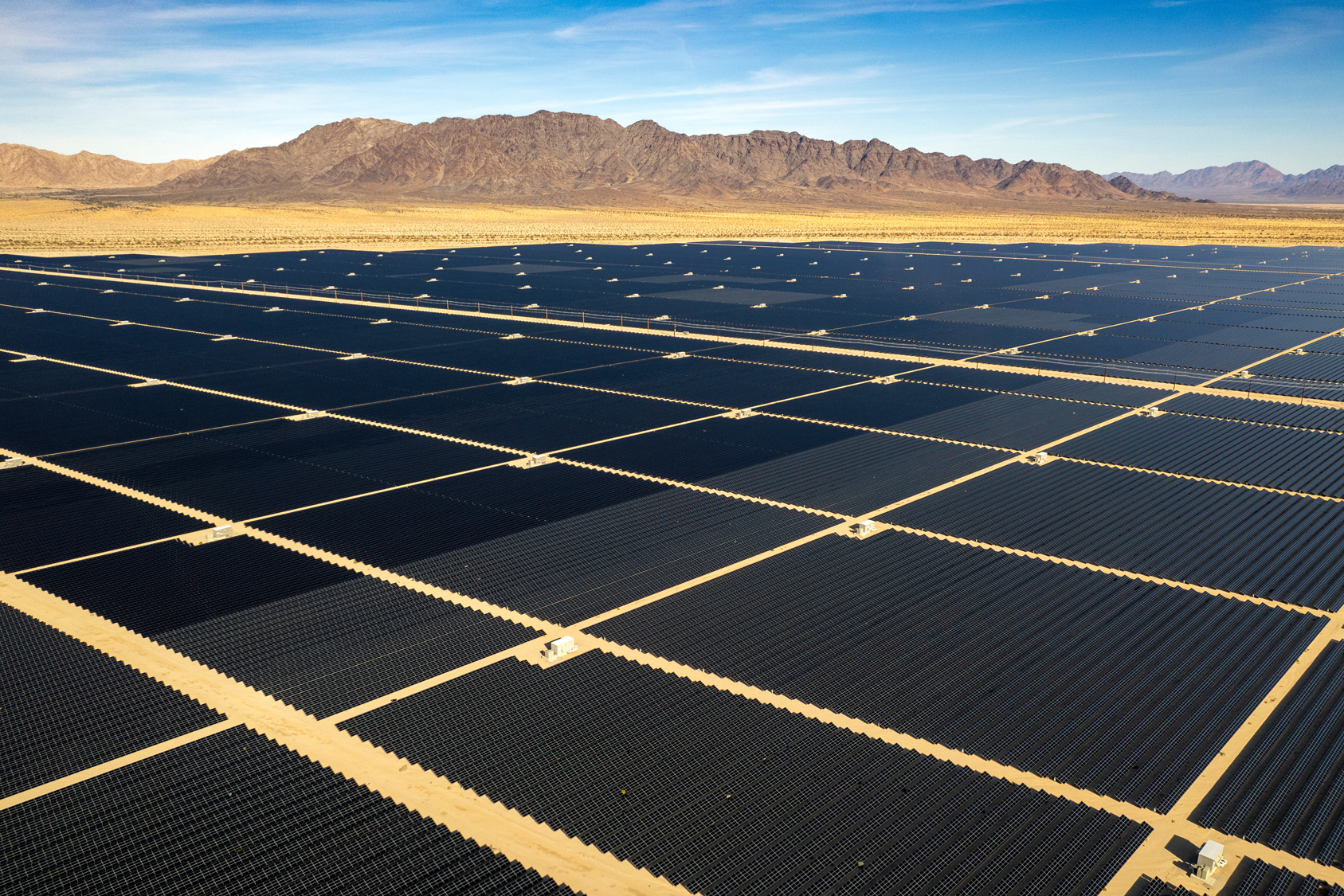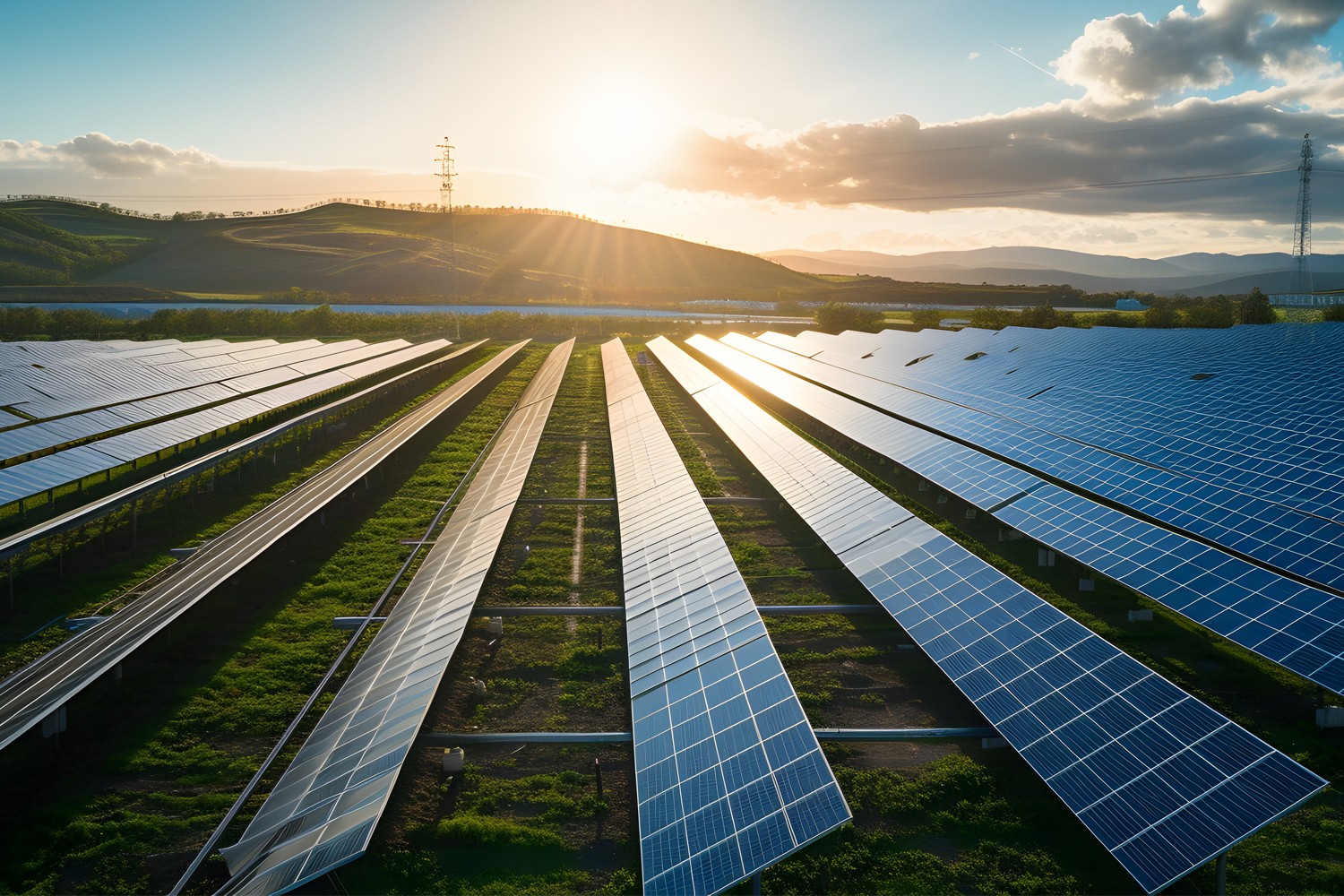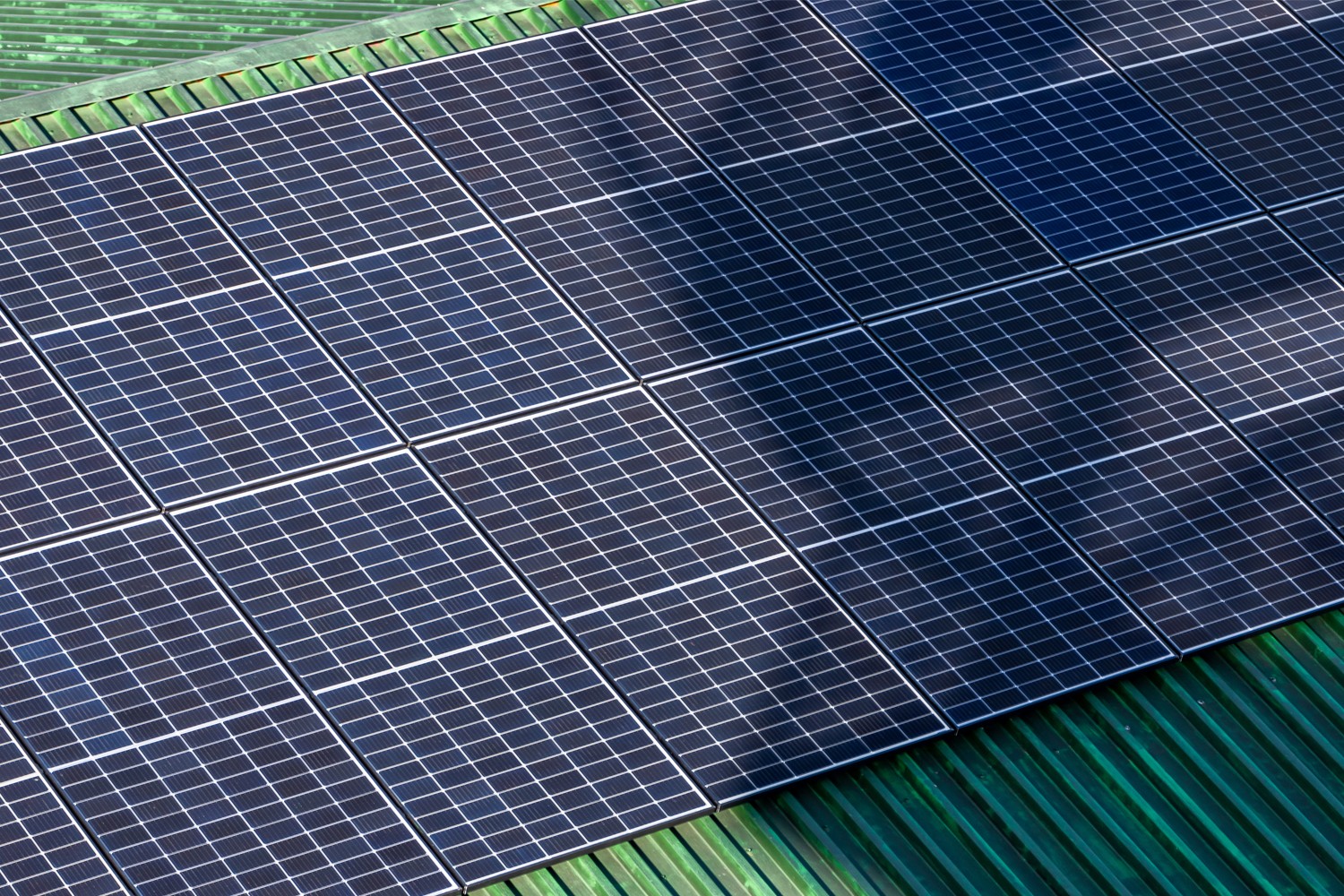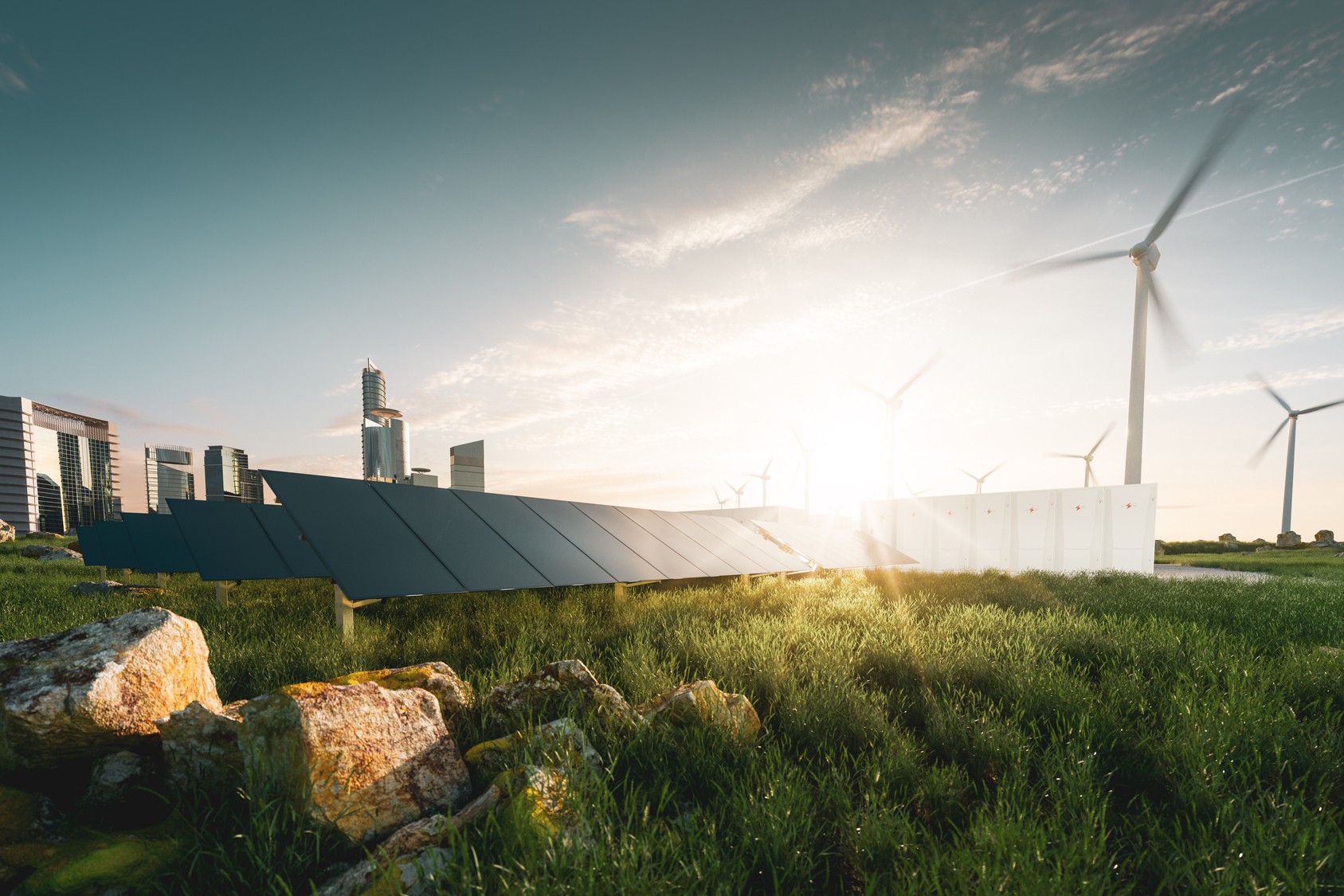Residential solar panels are increasingly popular. A 2022 survey by Forbes found that 48% of homeowners who don’t have a solar installation plan on getting one in the future. Increased interest in renewable energy creates opportunities for general contractors who already provide services to homes and businesses.
In 2022, there were 171,558 professionals involved in photovoltaic (PV) system development and installation, up from only 43,934 in 2010. Even with this expansion, the U.S. Bureau of Labor Statistics predicts a 22% growth in demand for PV installers by 2032. In other words, there are still many opportunities for contractors who want to move into PV installation.
Why offer solar panel installation?
Contractors can obtain education and certification in solar PV installation, but they may wonder if this effort will lead to increased profits. Several factors increase the chances of starting a profitable solar installation business.
First, government subsidies and incentives make solar more affordable without limiting the profit potential for installers. Also, panel prices are lowering, and supply is increasing with more domestic manufacturers.
When you pair these trends with the rapidly growing demand and shortage of qualified installers, the potential for profits becomes clear.
These opportunities are available for both residential and commercial contractors.
As a residential contractor
Residential installations are occurring at a fast pace in America. There was a 30% increase in installations between 2022 and 2023, and forecasts suggest current growth trends will lead to 15% of all U.S. homes having solar panels by 2030.
Contractors who work in private homes are already familiar with some of the factors necessary for PV panel installation. The job requires an understanding of roof structures, sealing areas around panel mounts, and connecting electrical components to the grid and the main power system.
While solar installation requires additional training, contractors can incorporate this new knowledge into their existing skills and offer solar installation to clients.
As a commercial contractor
Commercial contractors often understand that their clients have complex motivations for making improvements. In addition to energy cost savings, companies also have to consider public relations, brand image, and employee satisfaction.
Some companies are interested in solar installation because sustainability affects their bottom line. For example, a 2023 McKinsey and Company report found products marketed with environmental, social, and governance (ESG) claims enjoyed 28% cumulative growth over the previous half-decade. Those that didn’t highlight ESG only grew by 20%. Meanwhile, a majority of employees prefer employment with companies that promote sustainability. Solar PV systems are a straightforward path for companies to increase sustainability.
Commercial contractors may have to build solar arrays in open areas beside commercial buildings. These projects require ground-mounted frames and additional elements to distribute power to larger structures.
Solar installation training
While commercial and residential projects may differ in scope, cost, and location, contractors and their employees or subcontractors need to undergo similar solar installation training.
Courses are available through local community or technical schools, with topics covering design concepts, installation techniques, and safety procedures. Some solar panel manufacturers offer classes covering the layout, installation, and maintenance of their panels.
Contractors are also responsible for obtaining information and training for employees on local ordinances and codes. Most jurisdictions require that new installations pass an inspection, so knowledge of codes in each of the areas where you work is essential.
Industry certifications
Professional certification isn’t necessary to work on solar installation projects. However, it can set your company apart from competitors.
The North American Board of Certified Energy Practitioners offers several accreditations for PV professionals. These options include the entry-level PV Associate credential, the more advanced PV Installation Professional (PVIP) accreditation, as well as the advanced PV Installer Specialist (PVIS) and PV Design Specialist (PVDS) designations.
These certifications require passing online courses, meeting hands-on experience and training requirements, and passing an exam.
Solar panel site evaluation and design
Each solar PV installation job begins with site evaluation and design based on the client’s power requirements. These designs will vary depending on size and location. However, the basic factors and requirements are the same for every job:
- Evaluate the solar potential of the site: This step includes a visual inspection of the area and the use of satellite images. You can look at sun exposure and shading features like trees or other buildings.
- Solar panel type and sizing: These variables will depend on the project budget, panel availability, solar cell materials, the size of the installation area, and the client’s electricity needs.
- Mounting structures and angle: You need to consider the angle and mounting structure. The mounting should withstand local conditions, and the angle of the panel face should vary based on the latitude.
- Electrical system engineering: Installation planning also includes selecting cables to withstand local conditions and reduce loss during transmission. These choices can vary if cables are underground or run through the building’s interior.
Today, software is essential for calculating the design, placement, tilt, and yield of a solar PV system. These digital tools use algorithms to weigh all factors involved in the project and come up with the best solutions. Even residential solar panel projects with roof mounts can benefit from this high-tech planning.

Cost planning and quoting
Contractors are familiar with the process and variables of estimating costs and bidding for jobs. There are several specific considerations for cost planning and providing quotes to potential clients.
- Size and output needs: The cost will depend on the client’s energy needs. You should calculate the number of panels needed to generate this amount of electricity.
- Solar cell types: Most projects require a choice between panels with more expensive monocrystalline and cheaper polycrystalline cells. This choice affects cost, but more inexpensive options do not produce as much energy.
- Permit costs: Permitting rules can vary from place to place. Make sure to find the rules for the location and add them to the quote.
- Incentives: Federal and state incentives and tax credits can lower the price tag of solar installations. You should always add these to the calculation so that the client knows the final cost of the project once they factor in the perks.
If you have a trained team in place, you will usually be able to calculate the cost of labor based on the size of the project and whether it requires ground or roof installation.
Sourcing and logistics
There are several considerations when finding suppliers for solar panels. Pricing is one important consideration. You will want a supplier who can deliver bulk pricing or at least signal the willingness to negotiate.
You should also consider compatibility. You want to be sure the equipment will work with other components and does not require additional purchases from the same supplier. This factor is important because you do not want to have to rely on the same supplier. If they go out of business, you will not be able to replace parts or maintain systems you installed using their parts.
You also need to consider the location of suppliers. Issues with solar supply chains can cause materials shortages for PV installers. You can try to find vendors who work with domestic manufacturers or connect directly with the manufacturers, if possible.
Finally, you need to consider product warranties, which you will pass on to your clients after installation.
Technology resources and tools
Specialized software plays an integral role in the planning and design phases of solar installation projects. These tools can streamline the design process, reduce the chance of errors during important angle or size calculations, and help you select the best setup for each client’s needs.
In addition to CAD-like design software to plan layouts, you can use 3D modeling software to enhance designs and conduct yield analysis to measure potential energy production throughout the year.
Hiring and managing a team
Solar panel installations require skills and knowledge of processes and safety. The results of the project depend on correct installation and design, and mistakes can cause damage to the roof or create unwanted fire hazards.
Therefore, it’s essential to understand the installation process yourself and to work with employees and subcontractors who are also trained and certified. If you have employees with skills in electrical work or experience with roofing, you can enroll them in an educational or certification program or provide on-the-job training.
With the right education, certification, suppliers, and plans, you can successfully take part in the growing solar panel installation industry.
You might also be interested in:
July 19, 2024
Siting of PV power plants. How to adapt solar designs to complex terrains?
Choosing the wrong PV project site lowers energy output, raises costs, and risks legal issues. PVcase offers solutions. Discover them by reading the article.
July 16, 2024
Overcoming technical challenges in renewable energy projects. How PVcase transformed OHLA’s design process
Explore how OHLA overcame renewable energy design challenges with PVcase, streamlining solar park operations and achieving remarkable business growth.
July 3, 2024
Bridging the renewable energy skills gap. A success story of PVcase, Enery, and the University of Applied Sciences Upper Austria
Discover how PVcase, Enery, and the University of Applied Sciences Upper Austria have collaborated to prepare future solar engineers through an innovative educational initiative,…
July 1, 2024
Top 10 questions from Intersolar Europe 2024, answered
Get answers to the top 10 questions asked during Intersolar Europe 2024 that cover PVcase Prospect's availability, integration of PVcase products, and much more. Your question is…
June 19, 2024
Targeted solar marketing for successful landowner outreach — e-book included!
Discover how innovative strategies and Anderson Optimization's GIS Site Selection can boost solar outreach ROI and conversions. Download the ebook for more insights!
June 3, 2024
PVcase is part of the 42-month long SUPERNOVA project
PVcase, together with 19 partners from all over the world, is part of the 42-month SUPERNOVA project, focusing on O&M and grid-friendly solutions for reliable, bankable, and…
May 29, 2024
PVcase tools are now compatible with AutoCAD 2025!
We’re happy to announce that you can now use PVcase Ground Mound and Roof Mount, our flagship CAD-based tools, on AutoCAD 2025, enjoy its multiple functionalities and integrate…
May 20, 2024
PVcase is the finalist of “The smarter E AWARD” in the Photovoltaics category
We’re the finalists of “The Smarter E AWARD”! Read more about the nomination and dive into the PVcase Integrated Product Suite offering that innovates the industry.
May 14, 2024
Making great designs on good sites—the importance of topo data for PV design
Topo data is the first step in determining the success of your solar project. While the terrain is crucial in this regard, developers should also consider grid connectivity and…
April 29, 2024
How policy can shape future solar energy expansion
Policymakers and regulatory organizations must actively support solar power's growth and renewable energy advancement. Read the article to learn how.
April 25, 2024
Shading Analysis: advanced feature for C&I roof-mount solar projects is live
Shading Analysis is live! Read the article to learn about benefits, capabilities of the tool, and how it can help users and decision-makers.
April 9, 2024
PVcase wins the BNEF Pioneer Award 2024 for innovative solar design solutions
We won the prestigious 2024 BNEF Pioneers Award! Find out how our software contributes to relieving bottlenecks in the deployment of clean power.
March 29, 2024
Sustainable cities: what urban living of the future might look like
From clean energy to green bonds and renewable energy stocks, there are many ways you can invest your money in a sustainable future. Find them out by reading the article.
March 22, 2024
8 ways to invest your money in a sustainable future
From clean energy to green bonds and renewable energy stocks, there are many ways you can invest your money in a sustainable future. Find them out by reading the article.
March 21, 2024
8 business opportunities in renewable energy
There are many potentially lucrative business opportunities in renewable energy. Learn how you can use these opportunities to make money while contributing to the green…
